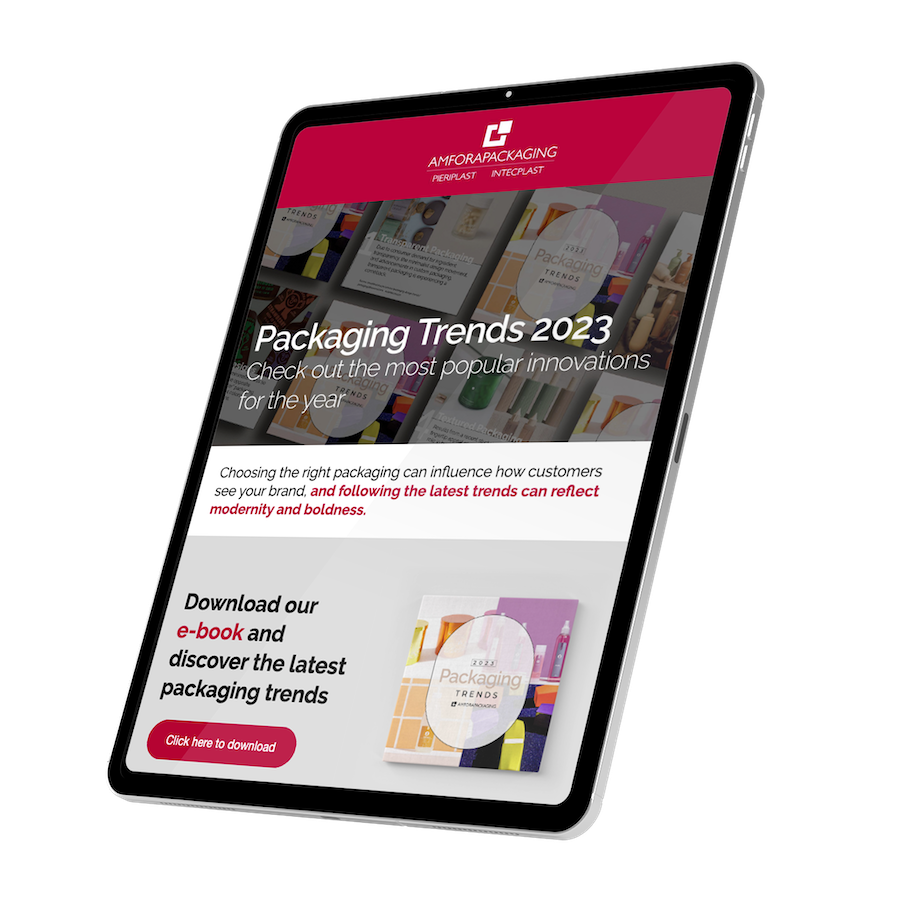Reducing Environmental Impact: How Companies Can Implement Refillable Packaging
Sustainability is an important issue that affects us all, and reusable or second-use packaging offers a solution to some of the challenges we face today. Reusing packaging is becoming an increasingly popular option for consumers who want to reduce their impact on the environment.
The concept of second-use packaging is simple. Instead of disposing of single-use packaging after use, consumers can refill them with the product of their choice. This approach offers several benefits compared to traditional packaging methods, including waste reduction and resource conservation.
The introduction of these packaging solutions is a key step towards creating a circular economy, and several countries like the United States and the European Union are already committed to having 100% reusable or recyclable packaging by 2030 through the implementation of sustainable policies and agreements such as the European Plastics Strategy or the U.S. Plastics Pact.
Today, many companies are embracing refillable packaging as an alternative to create products with longer lifecycles and make their products more sustainable.
The use of reusable packaging has many environmental advantages. It reduces the amount of plastic waste that ends up in landfills or the ocean, and it also saves resources by reducing the need for new packaging materials. Additionally, the use of reusable packaging can help reduce carbon emissions, as the production of new packaging materials and the transportation of products can contribute to greenhouse gas emissions.
Furthermore, the use of reusable packaging can help promote sustainable behavior among consumers. By making it easy and convenient to refill the packaging, consumers are more likely to choose this option over single-use packaging. This also raises awareness about the use of natural resources and can help shift attitudes towards more sustainable practices, ultimately contributing to a more sustainable future for all.
Reusable does not always mean recyclable
While reusable packaging can be beneficial for the environment, it is important to note that these kinds of packaging are not always recyclable. It depends on the materials used to make the reusable packaging.
Unlike recyclable packaging, which is designed to be processed and converted into new products, reusable packaging is made of durable and resilient materials that can withstand multiple usage cycles. These packaging can be made of sturdy and high-quality plastic, glass, or metal, and are designed to last a long time.
It is important to highlight that reusable packaging should be properly cleaned and maintained to ensure its durability and safety. Consumers and companies should also ensure that these containers are properly recycled at the end of their life cycle, as some materials such as PET, glass, and metal are highly recyclable.
How to implement reusable packaging for your products
If you are a company interested in making the switch to reusable packaging, here are some steps to follow in order to implement this practice in your business:
- Analyze your options for reusable packaging: Before choosing a reusable container, consider the type of product you are selling and the lifecycle of the packaging. Make sure to select packagings that are durable, safe, and meet the needs of your product.
- Develop a logistics plan: Once you have chosen your reusable packaging, develop a plan to ensure that these are collected, cleaned, and reused. This plan may include creating collection points for used containers, implementing a washing and disinfection system for jars, and establishing a tracking process to ensure containers are returned and reused correctly.
- Communicate the benefits to consumers: Once you have implemented reusable packaging in your products, it is relevant to communicate the benefits to all consumers. Highlight the sustainable aspects of choosing reusable packagings, such as waste reduction and resource conservation. Additionally, make sure you educate consumers on how to properly care for and return reusable containers to maximize their durability and reuse.
- Evaluate success and make adjustments: Like any business initiative, it is important to regularly evaluate the success of your reusable packaging program and make adjustments accordingly. Keep track of the number of reusable packaging used, the number of bottles returned and reused, and any other relevant metrics. Use this information to make adjustments to your logistics plan and your communication with consumers.
Implementing a sustainable solution
At Amfora Packaging, we are experts in designing sustainable packaging solutions that benefit the environment, and we help our clients reduce their environmental impact. If you are looking to implement reusable packaging according to your needs, we can advise you on the best sustainable packaging options for your products. Why wait? Contact one of our consultants at (+57) 321 4532705 and learn more about how you can contribute to environmental conservation with the sustainable and high-quality packaging solutions you will find in the market.
You may also like
THE FUTURE IS PACKED SUSTAINABLY
Reference imageWe’ve always said that packaging is much more than a container for products. It has become the precursor to brand manifestos and essence, and within all of this, it plays a key role in the relationship with the planet. Choosing sustainable packaging is...
Finishing That Speaks: The Sensory Language of Packaging
Reference imageWhen it comes to detail, finishes steal the spotlight. They are the final touch that can elevate a package to another level, an experience that connects body and mind and turns an everyday object into a brand statement. Now more than ever, in a market...
Neuromarketing in the Packaging world.
Reference image.Technological transformation is a high-speed train that waits for no one. We’re living in a world that evolves at breakneck speed, where understanding the trends and behaviors influencing the consumer is key to staying relevant in the market. To stay...




